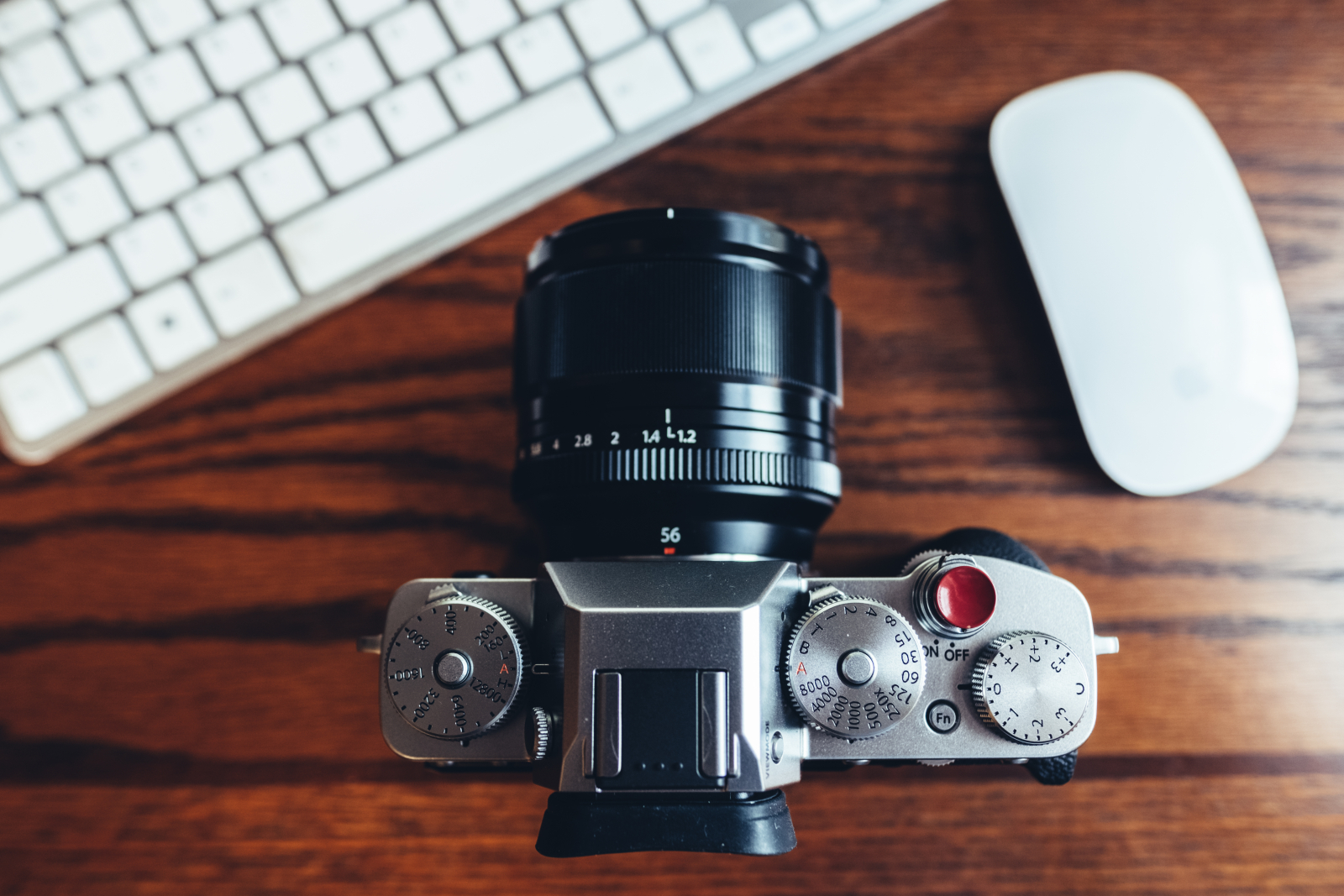Mirrorless had a big year in 2018, with many full frame entrants (4, or 10% of all cameras introduced), plus some good energy on either side of that size from Fujifilm. Lenses came in droves for mirrorless this year. I count 27 significant mirrorless-only lenses introduced this year (plus things like the Sigma Art series in FE mount adds quite a few more). 2019 is likely to be more of the same: lots of new lenses now that Canon and Nikon have to get their mirrorless foundries up-to-speed to match Sony.
Clearly, all the camera makers—other than Pentax, who's still wandering around in the woods somewhere seeing if trees make noises when they fall—are going to be executing significantly in the mirrorless realm in the future. We're now clearly into the DSLR-to-mirrorless transition period. How long that transition will take depends upon how fast the camera makers move.
My predictions are:
The whole camera market is moving up-market — just like the iPhone X line. We’ll see more capable, but expensive mirrorless camera bodies and better quality lenses. We’ll pay more but we’ll get a better product.
The low-end consumer cameras are dead. Advancement in smartphone cameras with AI will put a nail in that coffin. The market will refocus on the advanced amateur -- amateur is defined as one who engages in a pursuit, study, science, or sport as a pastime rather than as a profession -- and professional market.
We have cheap bicycles for people who like to ride on cool spring/autumn days and we have more expensive (and capable) bicycles for cycling enthusiasts who ride 50–60km (one way) on the weekend (just because they can).


